Current Topics in Exercise Science and Human Performance Assignment
VerifiedAdded on 2022/08/15
|5
|882
|40
Homework Assignment
AI Summary
This document presents a comprehensive solution to an Exercise Science assignment, addressing key concepts within the field. The assignment explores the current goals of exercise science, emphasizing the improvement of strength, endurance, and functional independence through exercise therapy. It also examines the role of sports nutrition in enhancing body composition and performance. The solution includes a discussion of statistical methods used in exercise therapy, highlighting the importance of T-tests and correlational methods. Additionally, it analyzes the evolution of professions related to exercise science and addresses the potential for role confusion among professionals. The assignment also features a review of relevant research articles, analyzing their findings on student fitness levels, exercise training versus pharmacotherapies, and the effectiveness of exercise as medicine. Finally, it offers insights on how to apply exercise therapy in a healthcare setting. The document is well-referenced, supporting the key concepts of exercise science.
1 out of 5
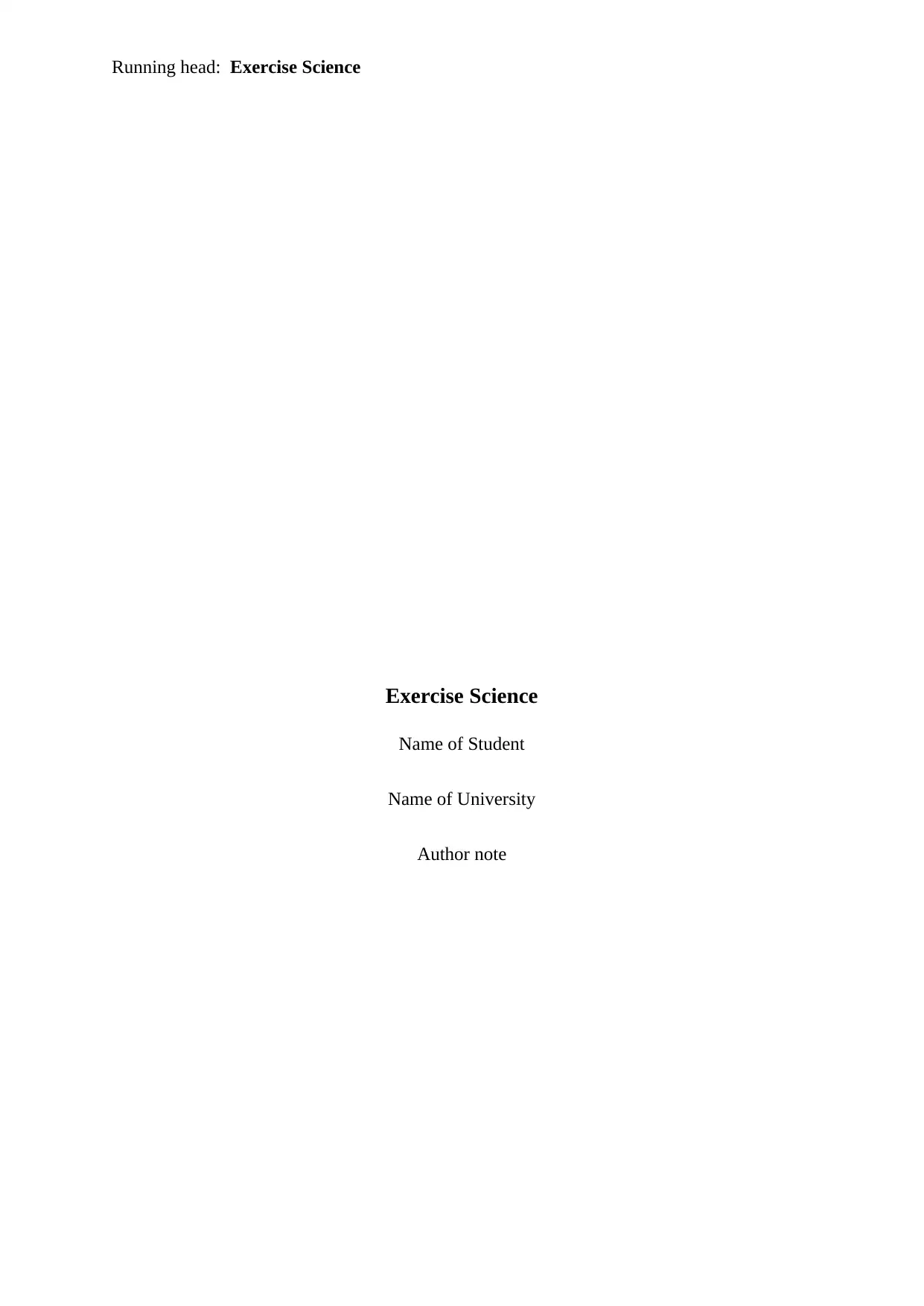
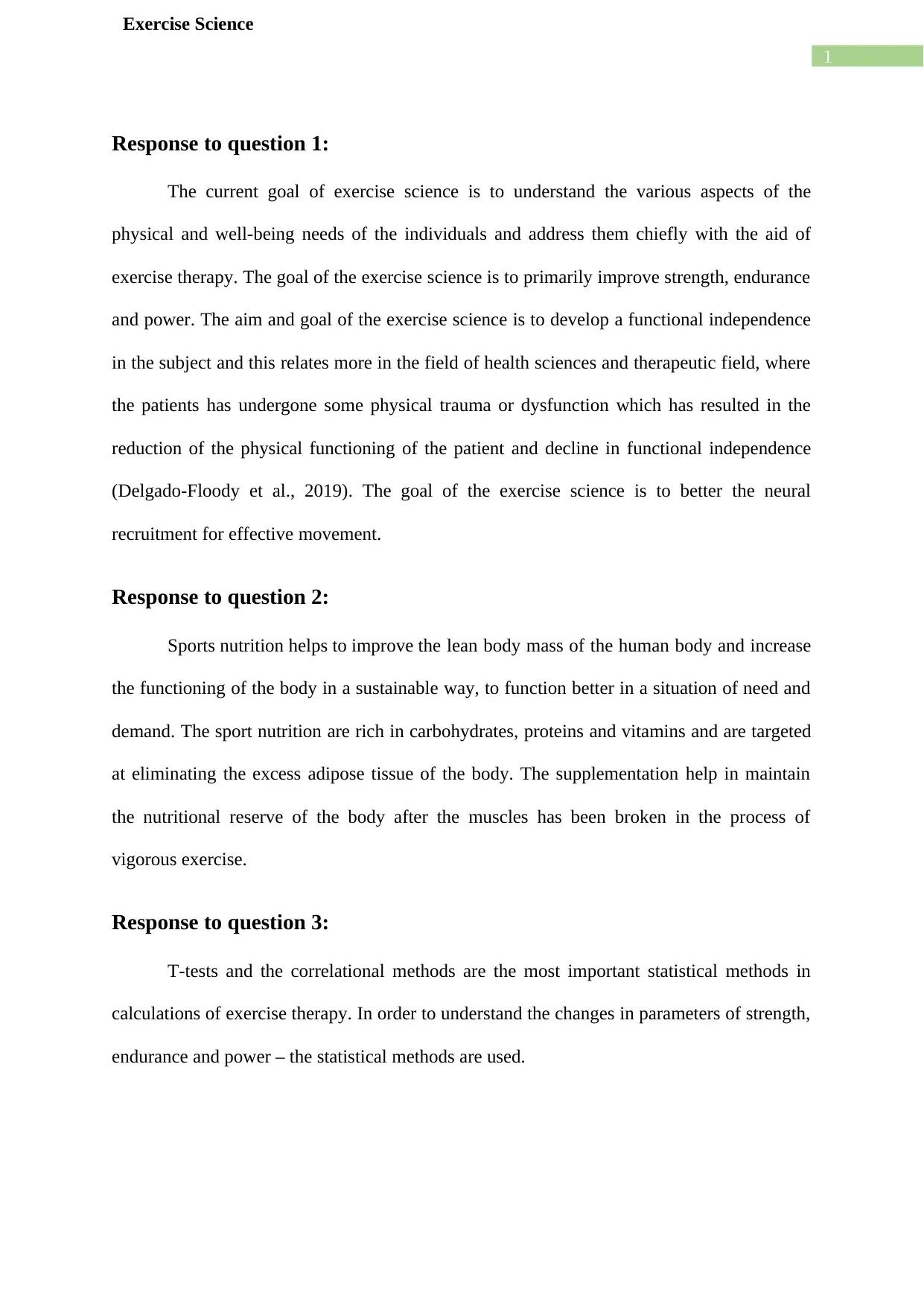
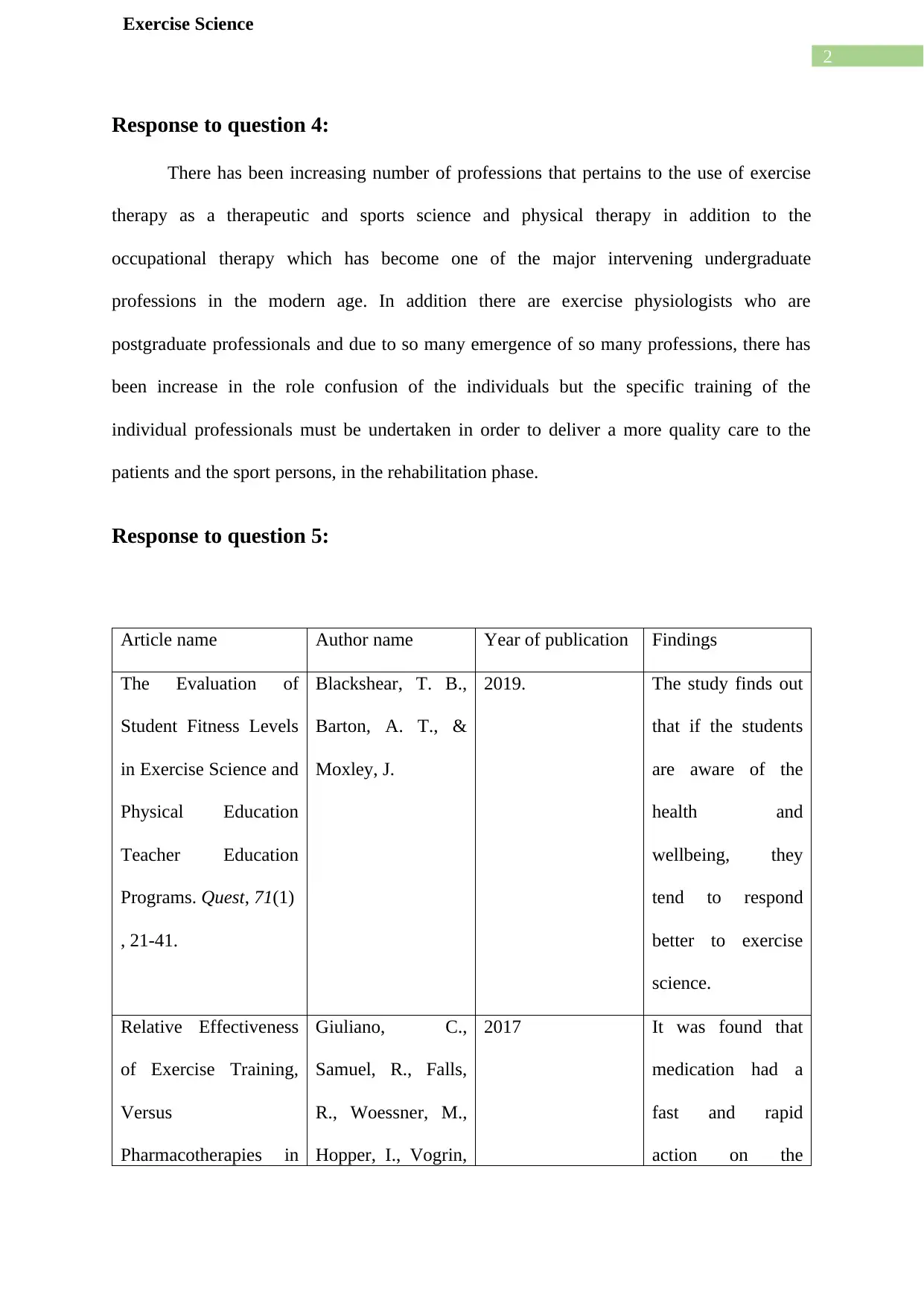

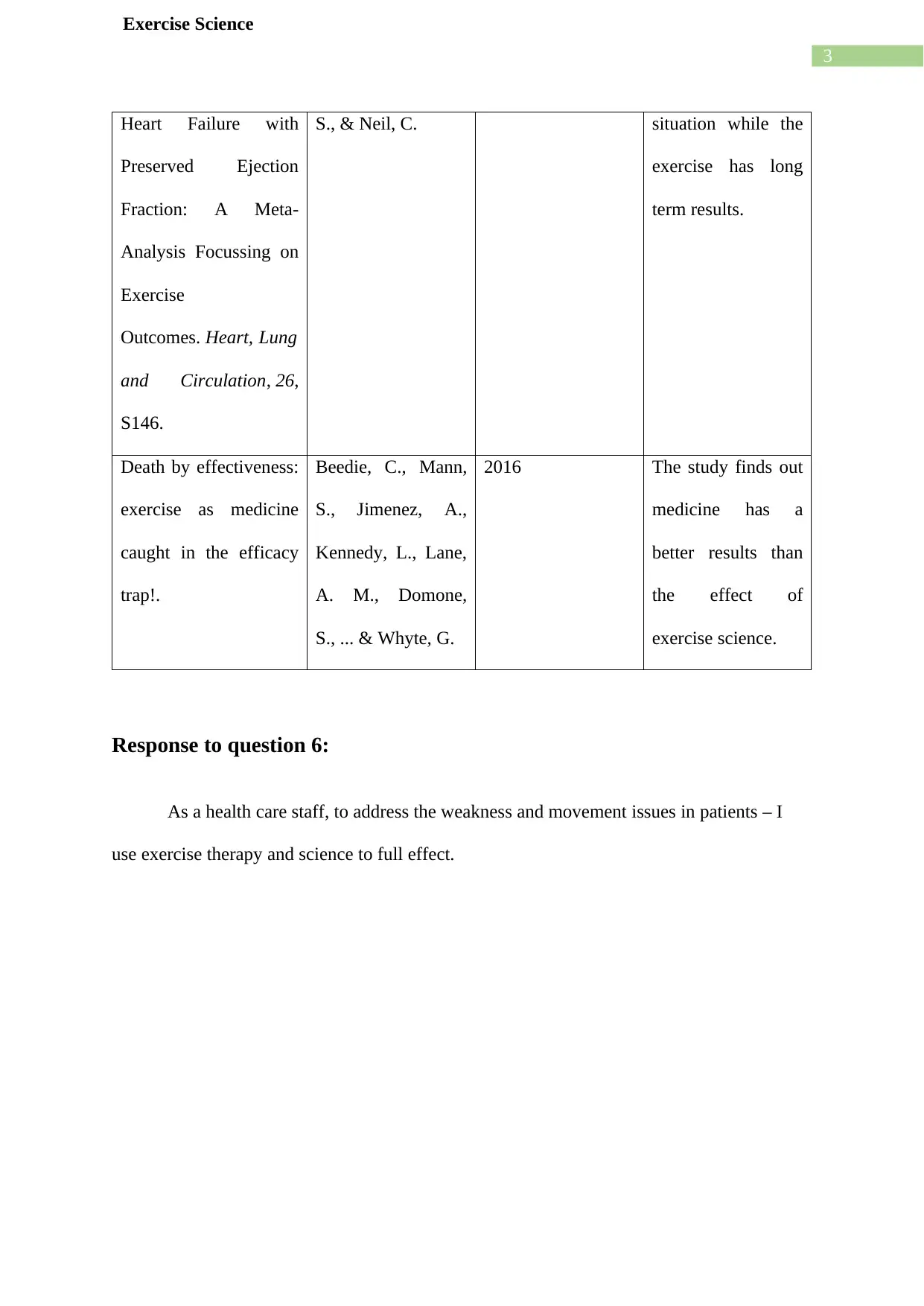
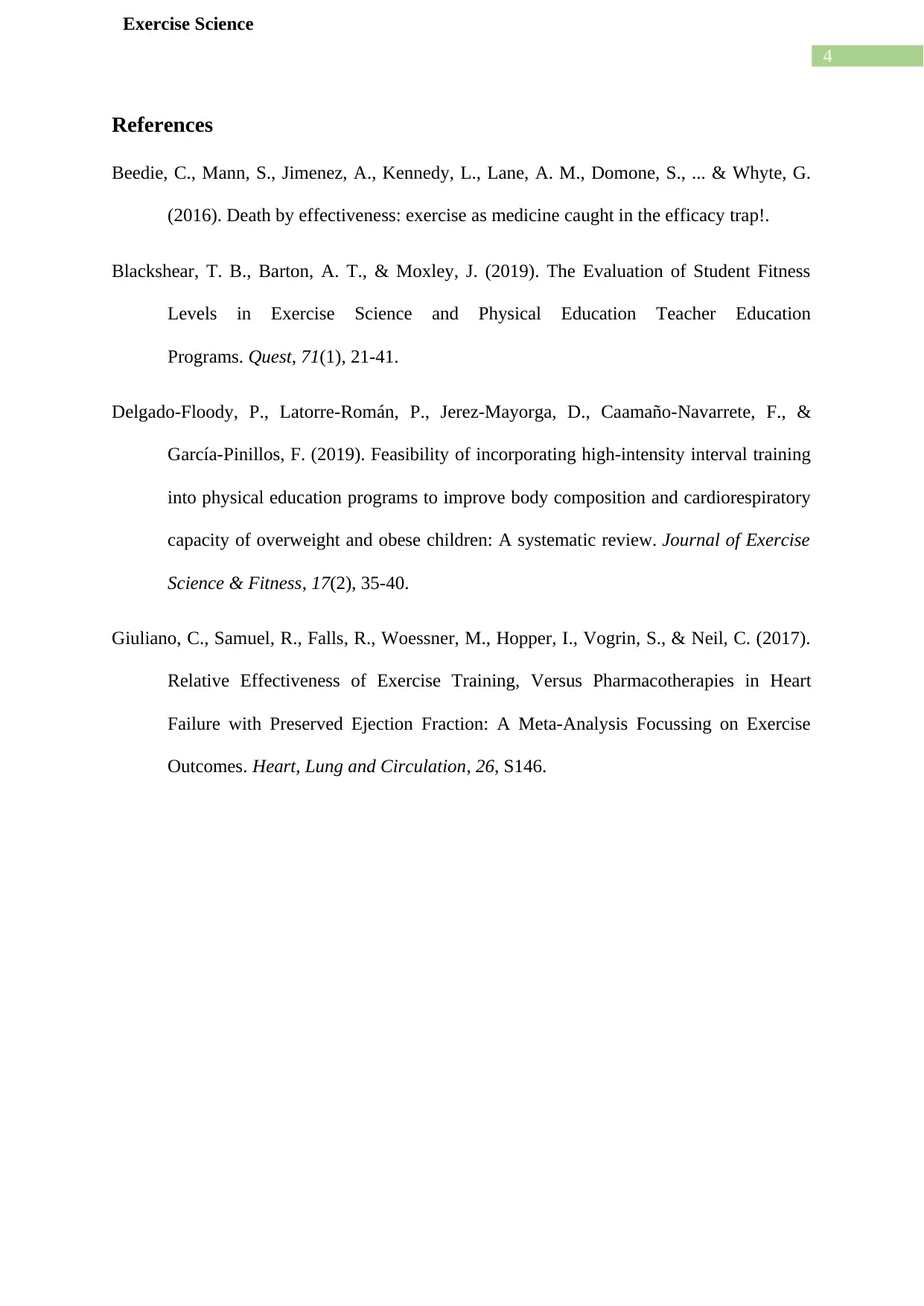






![[object Object]](/_next/static/media/star-bottom.7253800d.svg)